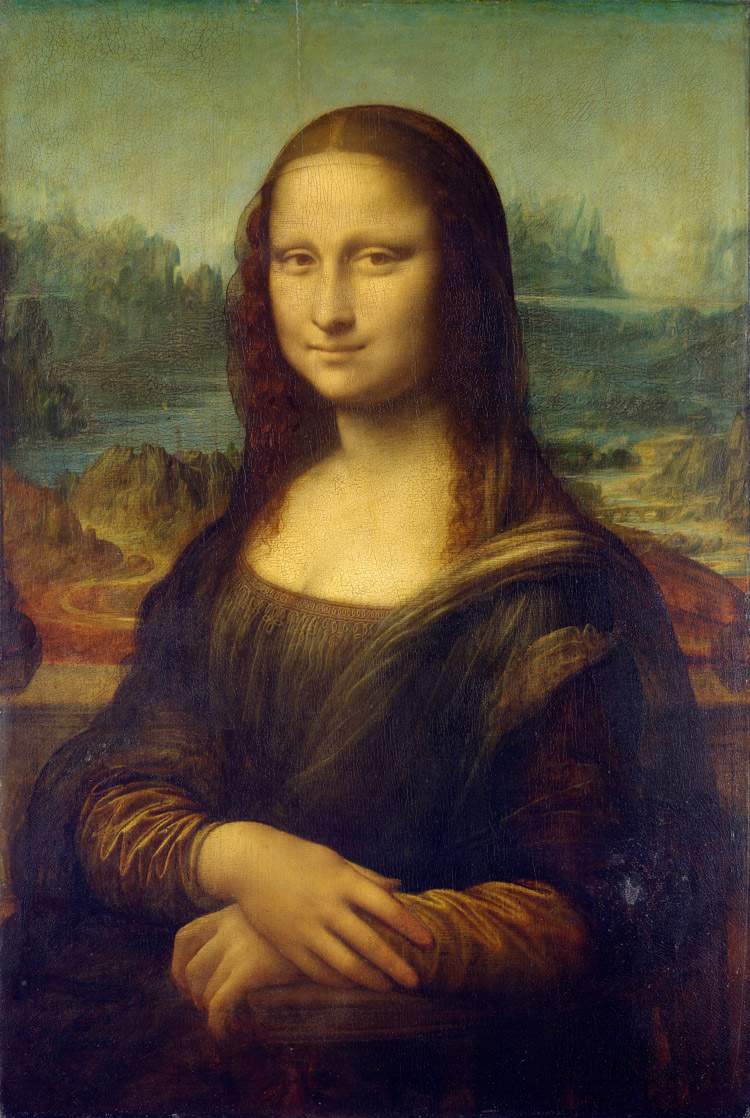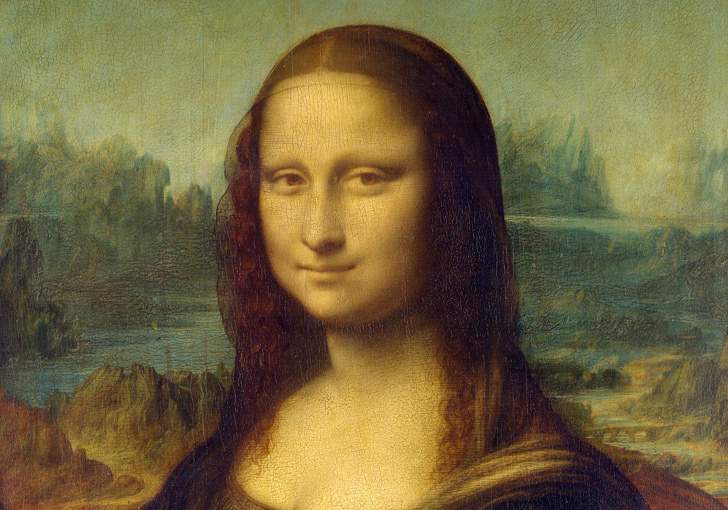The Mona Lisa, Leonardo da Vinci’s masterpiece, continues to provide surprises: a team of researchers from the Centre national de la recherche scientifique (CNRS, the French counterpart of our CNR) has studied the painting in collaboration with the Louvre, with France’s Ministry of Culture and the ESRF (European synchrotron radiation facility), examining a microsample of the work’s preparatory underlayer on a microscopic scale using noninvasive analysis. The team of researchers, led by scientist Victor Gonzalez of Paris-Saclay University, published the study last week in the Journal of the American Chemical Society.
The analysis revealed a unique mixture of lead, very different from that usually observed in oil paintings of this period. The presence of a rare and unstable compound ( plumbonacrite) also found on fragments of theLast Supper suggests a willingness to innovate by preparing thick, opaque backgrounds treated with a large amount of lead oxide. Researchers have also consulted Leonardo’s writings looking for word mentions and variant spellings that might offer further clues as to how he made the yellow pigment in which the plumbonacrite was found. They studied, in the writings available on the Digital Archive of the History of Technology and Science, created by the Biblioteca Comunale Leonardiana in Vinci, the parts with the words “yellow,” “gialo,” “calo,” “gallo,” “gialio,” “gialli,” “giali,” “ciali,” “giallolino,”, “gialolino,” “gialorino,” as well as “letargirio,” “litarge,” “litharge,” and “macicot,” “masticot,” and “massicot” (the latter three terms occur in French and English editions of Leonardo’s texts where the artist uses the term “gialorino” in Italian). The analysis revealed 144 occurrences of the word “yellow” and its variants, but usually to designate color rather than a particular pigment. It was then noted that most of these occurrences did not include further descriptions that could help determine the chemical nature of this “yellow” and Leonardo’s process for making it.
In short, no useful elements were found among Leonardo’s writings to further investigate this unique technique, but the scholars who conducted the research are convinced that they have provided art historians and scientists with new key elements for understanding the great artist’s recipes and the evolution of techniques at the time.

 |
| More surprises from the Mona Lisa: Leonardo da Vinci used a rare pigment |
Warning: the translation into English of the original Italian article was created using automatic tools. We undertake to review all articles, but we do not guarantee the total absence of inaccuracies in the translation due to the program. You can find the original by clicking on the ITA button. If you find any mistake,please contact us.